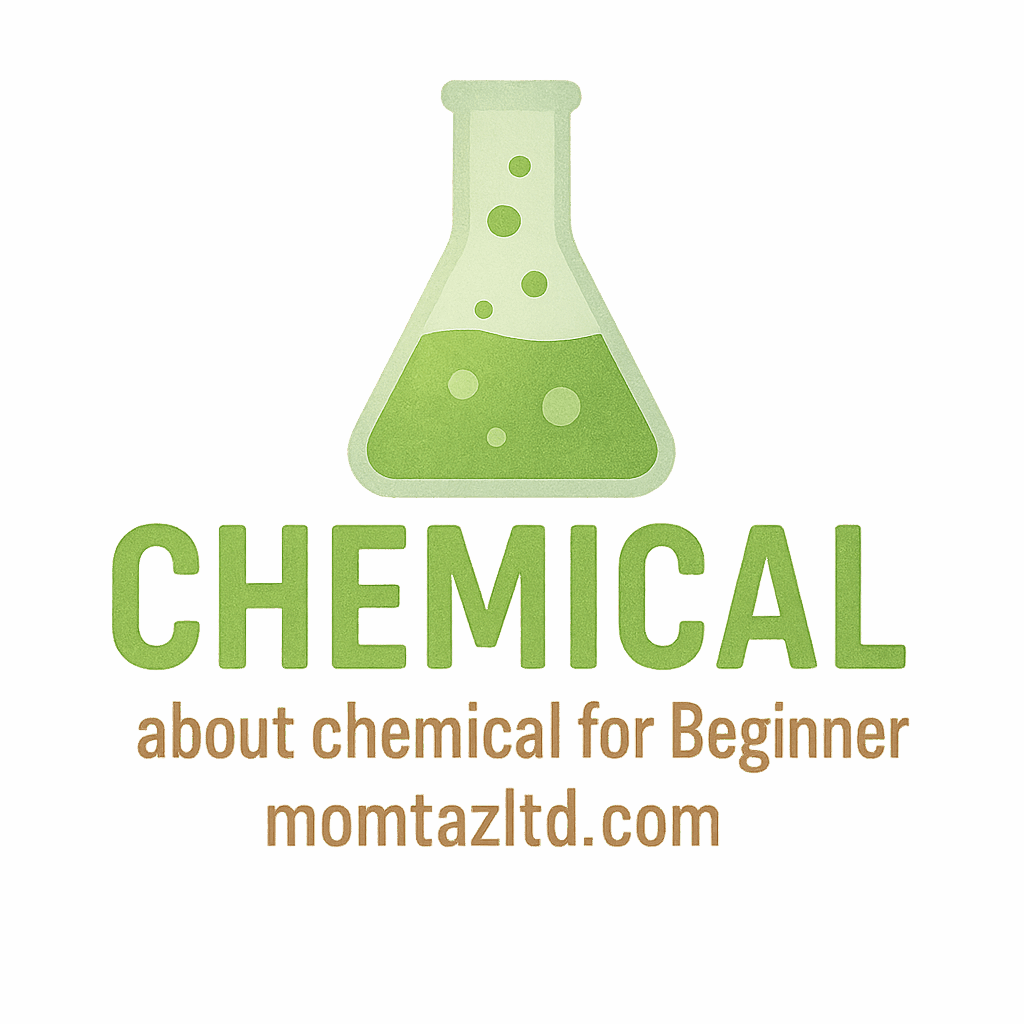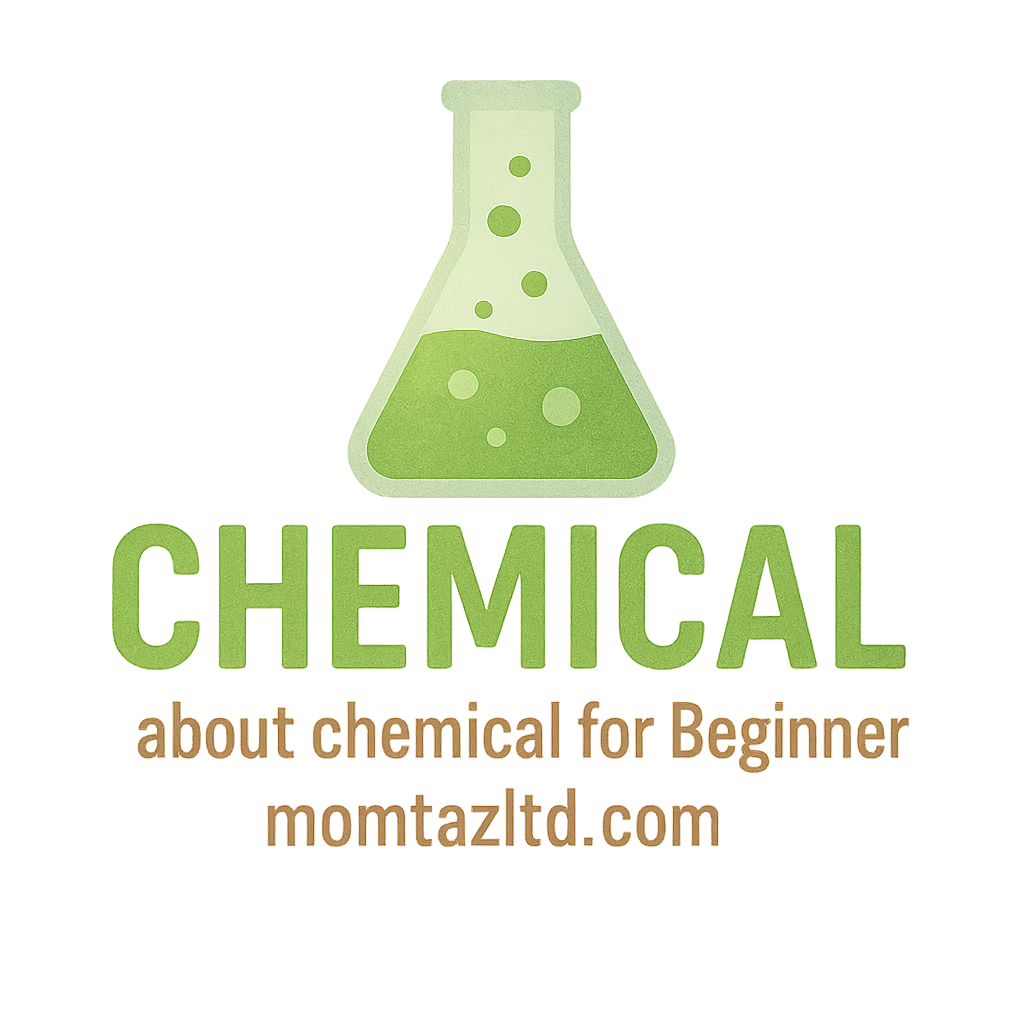Introduction
Chemistry can be an intimidating subject for beginners, especially if you’re not familiar with some of the fundamental terms. But understanding the basics can make everything a lot easier to grasp. Whether you’re a student diving into the world of chemistry or just curious about the science behind everyday reactions, learning key chemical terms is essential. In this article, we’ll walk you through 10 basic chemical terms every beginner should know to get started in chemistry. Along the way, we’ll explore how these terms shape our understanding of the world around us.
Why Understanding Chemical Terms is Crucial for Beginners
Starting with chemistry can feel like learning a new language. While this science explains everything from the way water behaves to why cooking involves certain ingredients reacting, it uses a specific vocabulary that helps chemists communicate their ideas clearly. For beginners, grasping these terms helps to make sense of complex ideas and simplifies understanding chemical reactions.
Think of chemistry as a huge puzzle: without the right pieces (terms), the picture won’t come together.
1. Atom: The Building Block of Matter
At the very core of chemistry is the atom. This tiny particle is the basic unit of matter, making up everything around us. An atom consists of a nucleus (made of protons and neutrons) surrounded by electrons. The number of protons in the nucleus defines the element, while the arrangement of electrons determines how atoms interact with each other.
In simple terms, atoms are like the LEGO bricks of chemistry — they combine in different ways to form all the substances we encounter daily.
For more information about the basics of chemistry, check out Chemical Basics.
2. Molecule: Two or More Atoms Combined
When atoms combine, they form a molecule. This occurs when two or more atoms bond together to form a chemical substance. Molecules can consist of atoms of the same element, like oxygen (O₂), or different elements, like water (H₂O), which consists of two hydrogen atoms and one oxygen atom.
Think of molecules as teams of atoms that work together to create substances with specific properties. These teams can be simple, like oxygen, or more complex, like the proteins in our bodies.
3. Element: Pure Substances with Unique Properties
An element is a pure substance made up of only one type of atom. Each element has a unique number of protons in its atoms, which is known as the atomic number. For example, the element hydrogen has one proton, while oxygen has eight.
Elements are the building blocks of everything in the universe. There are over 100 known elements, and they combine in countless ways to form the materials we encounter daily.
For those curious about chemical careers, check out Chemical Careers.

4. Compound: Two or More Elements Chemically Bonded
A compound is a substance formed when two or more different elements chemically bond together. Water (H₂O) is a classic example of a compound, as it consists of both hydrogen and oxygen atoms. The properties of compounds are often vastly different from the elements that make them up.
Imagine mixing two colors of clay to create a new color — that’s essentially what happens when elements combine to form compounds. They create something entirely different, with its own set of properties.
5. Chemical Bond: How Atoms Stick Together
Atoms don’t just float around by themselves; they form connections with each other through chemical bonds. There are different types of chemical bonds, including ionic bonds (where electrons are transferred) and covalent bonds (where electrons are shared). These bonds hold atoms together, forming molecules and compounds.
You can think of chemical bonds like the glue that holds LEGO pieces together, allowing them to form larger structures. The stronger the bond, the more stable the structure.
6. pH Level: The Measure of Acidity or Alkalinity
The pH level is a scale that measures how acidic or alkaline a substance is. The scale ranges from 0 (very acidic) to 14 (very alkaline), with 7 being neutral. Substances like vinegar or lemon juice are acidic, while substances like soap or bleach are alkaline.
In everyday life, understanding pH helps us make decisions — from choosing cleaning products to understanding the chemistry of the food we eat.
7. Reactivity: The Tendency of a Substance to Undergo a Chemical Reaction
Every substance has a certain reactivity, or its ability to undergo a chemical reaction. For example, metals like sodium are highly reactive and will quickly react with water, while noble gases like helium are much less reactive.
Think of reactivity as a person’s mood: some people react quickly to certain situations, while others remain calm and unbothered.
8. Catalyst: A Substance That Speeds Up a Chemical Reaction
A catalyst is a substance that speeds up a chemical reaction without being consumed in the process. Catalysts are essential in many industrial processes, such as refining oil or producing plastics. They work by lowering the energy required for a reaction to take place, making it happen more quickly.
If you’ve ever used a shortcut to complete a task faster, you’ve used something similar to a catalyst!
For more information on chemical safety, check out Chemical Safety.
9. Solvent: A Liquid That Dissolves Other Substances
A solvent is a liquid that dissolves a substance (called a solute) to form a solution. Water is known as the “universal solvent” because it can dissolve many different substances, such as salt or sugar. Other common solvents include alcohol and acetone.
Think of solvents as the helpers that dissolve ingredients in your kitchen. For example, water dissolves sugar to create a sweet solution for your tea.
10. Solution: A Homogeneous Mixture of Solvent and Solute
A solution is a mixture in which a solute (such as salt) is dissolved in a solvent (like water). The result is a homogeneous mixture, meaning the solute is evenly distributed throughout the solvent. Solutions can be found all around you — from the air you breathe to the drinks you consume.
A good analogy for a solution is a smoothie, where various ingredients (solutes) are evenly blended with liquid (solvent) to create a smooth, unified drink.
How Chemical Terms Relate to Everyday Life
You might be surprised to learn that many of the chemical terms we’ve discussed show up in your daily life. From the water you drink to the soap you use to clean your hands, chemistry is everywhere. Understanding these basic terms can make you more aware of the scientific processes happening all around you. For example, when you mix baking soda and vinegar to clean a stain, you’re witnessing a chemical reaction in action!
Importance of Learning Chemical Safety Terms
For anyone working with chemicals — whether in a lab, at home, or in an industrial setting — understanding chemical safety is crucial. Terms like chemical storage, hazardous materials, and precautionary measures help ensure that substances are handled safely, reducing the risk of accidents. Safety protocols and guidelines are designed to protect both people and the environment.
Where to Learn More About Chemical Terms and Concepts
There’s always more to discover when it comes to chemistry! Whether you’re interested in learning more about laboratory chemicals or the chemistry behind household items, there are tons of resources available online. Momtaz Ltd offers articles on everything from basic chemical concepts to advanced chemical science topics, making it a great place to continue your learning journey.
Conclusion
Chemistry might seem like an overwhelming subject at first, but once you get to know these basic terms, it becomes much easier to understand. From atoms and molecules to solutions and catalysts, these terms are the foundation of everything in the chemical world. Whether you’re learning for personal curiosity, academic purposes, or work, understanding these terms will give you a solid foundation to dive deeper into the fascinating world of chemistry.
FAQs
1. What is the difference between an element and a compound?
An element consists of only one type of atom, while a compound is made up of two or more different types of atoms chemically bonded together.
2. Why is pH important in chemistry?
The pH scale measures how acidic or alkaline a substance is, which is important for understanding chemical reactions and the behavior of substances.
3. What does a catalyst do?
A catalyst speeds up a chemical reaction without being consumed in the process. It lowers the energy needed for the reaction to occur.
4. Can a substance be both a solute and a solvent?
Yes, in some cases, a substance can act as both a solute and a solvent, depending on the context of the chemical reaction.
5. What are some examples of common solvents?
Water, alcohol, and acetone are some common solvents used in various chemical processes.
6. How does understanding chemical terms help in daily life?
Knowing basic chemical terms can help you understand everything from cooking and cleaning to managing health and safety in your environment.
7. What should I do if I want to learn more about chemistry?
Start by checking out resources like Chemical Basics and explore articles on various chemical topics.


